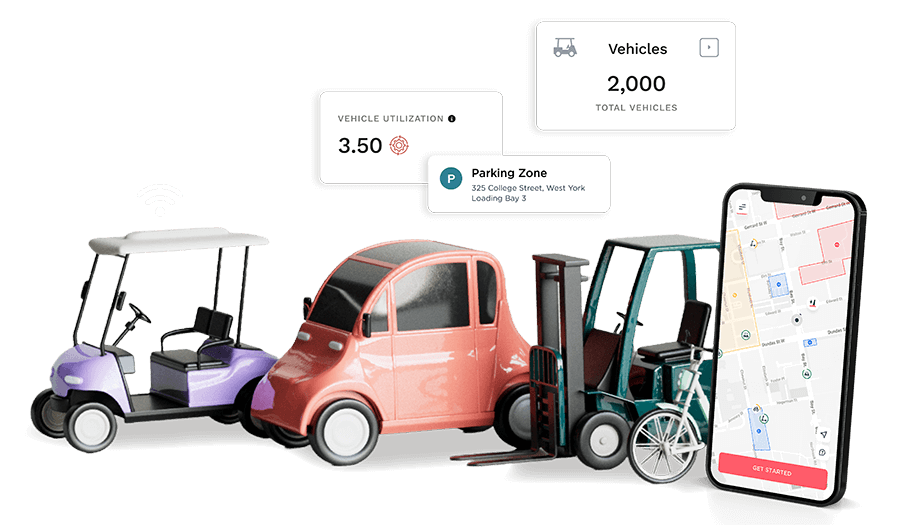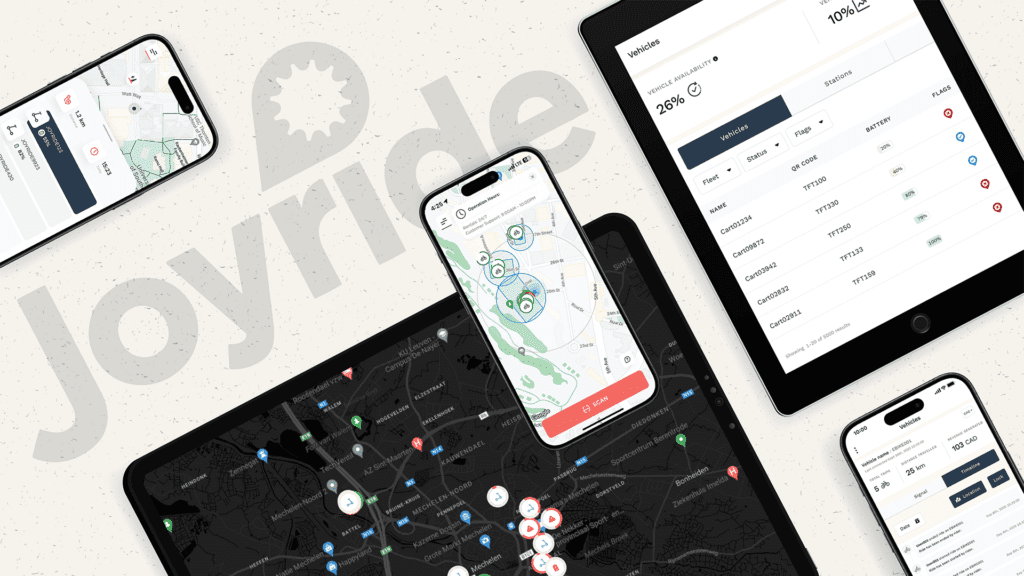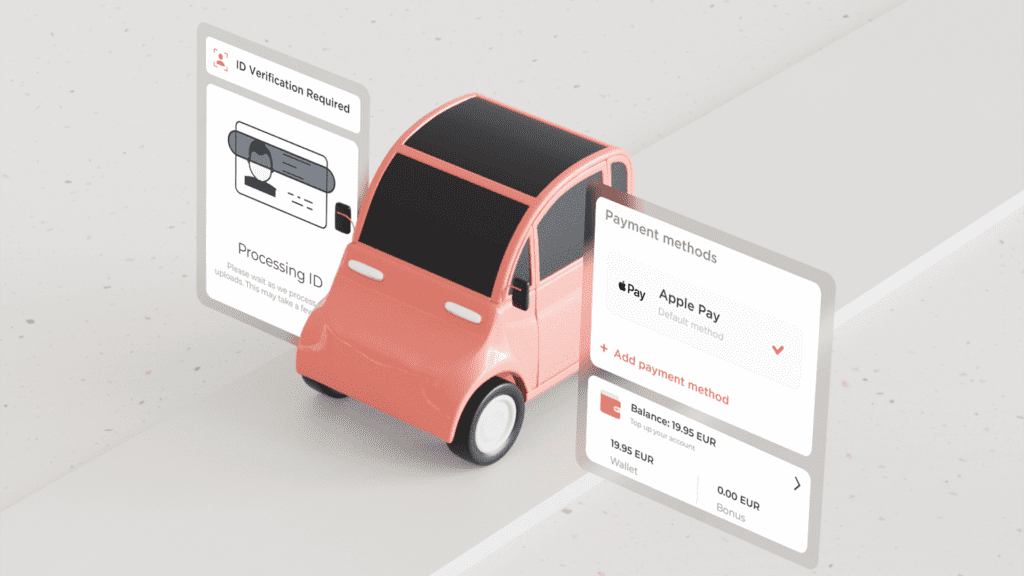Introduction
There are generally two types of share-fleets: public and private.
In this post, we’ll look at potential market opportunities for private fleets.
Public Fleets
A public fleet refers to vehicles that are accessible to anyone.
While there is an opportunity for more customers to use your service,public fleets often have more operational requirements and, because of their accessibility, are more likely to have units vandalized or stolen. A public fleet will require ongoing, daily monitoring in order to ensure that it remains operational.
Private Fleets
A private fleet refers to a fleet of vehicles meant for use only by a specific group of individuals. These could be corporate fleets for employees, fleets associated with hotels, vehicles for Airbnb guests, or more.
1. Corporate Fleets
Many companies are now offering their employees access to private bikeshare. Today, there are many new modalities of transportation that would likely be more exciting and provided increased utility for businesses of all sizes. Companies may wish to consider providing their employees with electric bicycles, electric scooters, or cargo bikes to assist them in getting around. Fleet sizes can range anywhere from a few dozen units to thousands!
2. Hotel Fleets
With most hotels located in prime locations, providing additional amenities to guests or reducing costs and risks associated with automobile parking are terrific ideas. Guests can gain access to an exciting and convenient means of getting around their visited location, while hotels can upsell them on day-passes or provide digital tours to business partners’ locations.
3. Airbnb Fleets
Similar to hotel fleets, an add-on to encourage people to select a particular rental location or to provide further service to your guests could be some included transportation options. The owner of the Airbnb will have the security of knowing that locations of the units are maintained in real-time and that only their visitors will be able to use the vehicles.
4. Courier/Delivery Fleets
Many courier or delivery services utilize a gig-economy. By enabling individuals to have a short-term rental of a more powerful vehicle, while monitoring their usage and tracking their location, courier and delivery service providers may see an expansion in their reach.
5. Residential Fleets
Bike or scooter share is an amenity attracting young and educated people, which are the reported demographic of cyclists and the type of people real estate developers want. With improvements to city cycling infrastructure, there is going to be more of a desire for this type of amenity. Lots of buildings don’t allow residents to bring personal bikes into units, so it could be the only hassle free way for someone to ride.
Private Fleet Requirements
Private fleets are a great way to generate revenue with your bike or scooter share operation, without the risks of the vehicles being accessible by the general public, lowering your operational costs. Limiting access to the general public is, essentially, the defining feature of a private fleet. As such, if the fleet is being accessed via an app, special permission via fleet managers or an access code must be used. This functionality would have to be included within your fleet management system.
Conclusion
There are a number of different models available for share fleets. It is important for the prospective operator or private entity to consider what they would like to accomplish with their fleet. Keeping an open mind will ensure that no opportunities are lost in this growing and innovative industry







